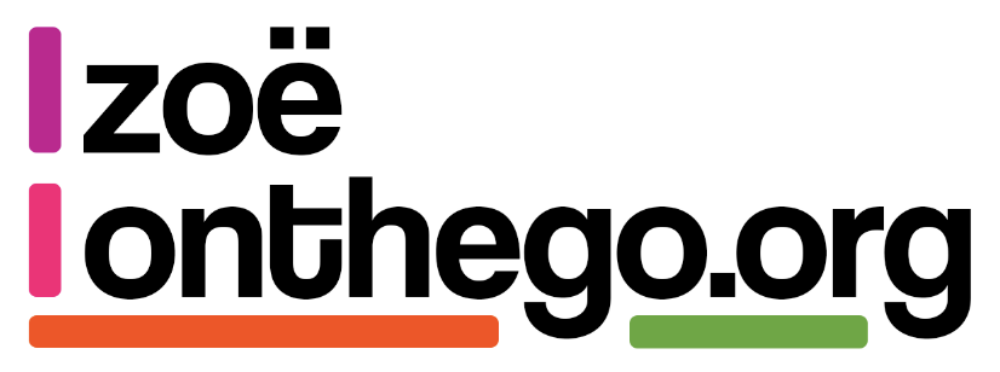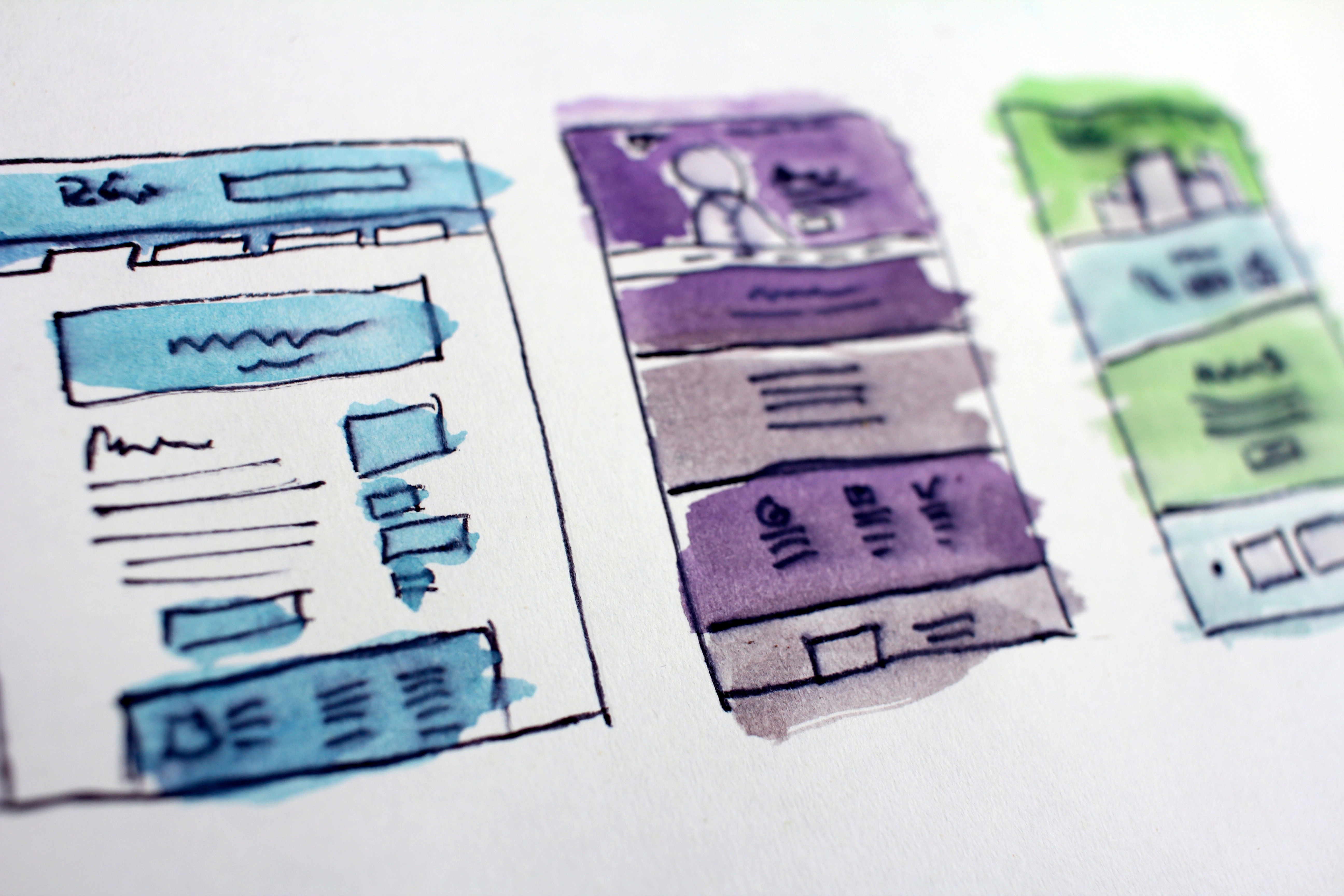I have blogged about some of these elsewhere, but a quick glossary of terms that you might hear when talking Agile or Digital Transformation.
Agile: A change methodology, focusing on delivering value as early as possible, iterating and testing regularly.
Waterfall: A Change methodology, focusing on a linear lifecycle delivering a project based on requirements gathered upfront.
Scrum: A type of Agile, based on daily communication and the flexible iteration of plans that are carried out in short timeboxes of work.
Kanban: A type of Agile, based on limiting throughput and the amount of work in progress.
The Agile Lifecycle: Similar to other change methodology lifecycles, the agile lifecycle is the stages a project has to go through. Unlike other lifecycles, agile is not a linear process, and products or services may go around the agile lifecycle several times before they are decommissioned.
Discovery: The first stage of the agile lifecycle, all about understanding who your users are; what they need and the problem you are trying to fix. Developing assumptions and hypothesis. Identifying a MVP that you think will fix the problem you have identified. Prioritising your user needs and
turning them into epic user stories.Akin to the requirements gathering stage in Waterfall.
Alpha: The design and development stage. Building prototypes of your service and testing it with your users. Breaking user needs and Epics into user stories and prioritising them. Identifying risks and issues understanding the architecture and infrastructure you will need prior to build. Akin to the design and implementation stage in Waterfall.
Beta: The build and test stage. Building a working version of your service. Ensuring your service is accessible, secure and scalable. Improving the service based on user feedback, measuring the impact of your service or product on the problem you were trying to fix. Can feature Private and Public Beta. Akin to the Testing and development stage in Waterfall.
Private Beta: Testing with a restricted number of users. A limited test. Users can be invited to user the service or limited by geographical region etc.
Public Beta: A product still in test phase but open to a wider audience, users are no longer invited in, but should be aware they product is still in test phase.
Live: Once you know your service meets all the user needs identified within your MVP, you are sure it is accessible, secure and scalable, and you have a clear plan to keep iterating and supporting it then you can go live. Akin to the Maintenance stage in Waterfall.
MVP: The Minimum Viable Product, the smallest releasable product with just enough features to meet user needs, and to provide feedback for future product development.
User Needs: The things your users need, evidenced by user research and testing. Akin to business requirements in Waterfall and other methodologies.
GDS: Government Digital Services, part of the Cabinet Office, leading digital transformation for Government, setting the Digital Service Standard that all Government Departments must meet when developing digital products and services.
The Digital Service Standards: https://www.gov.uk/service-manual/service-standard 18 standards all government digital services should meet when developing products and services.
Service Design: Looking at your Product or Service holistically, keeping it user focused while ensuring it aligns with your organisation strategy.
User Centric Design (UCD): The principles of user centric design are very simple, that you keep the users (both internal and external) at the heart of everything you do. This means involving users in the design process, rather than using ‘proxy’ users (people acting like users), you involve actual users throughout the design and development process. Recognising different users (and user groups) have different needs and that the best way to design services that meet those needs is to keep engaging with the users.

